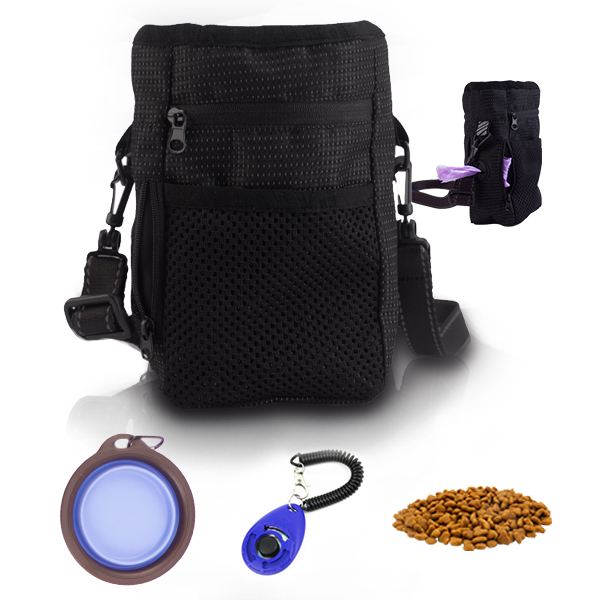Sep . 29, 2024 01:36 Back to list
Essential Winter Gear for Your Dog's Comfort and Safety
Winter Dog Gear Keeping Your Pup Cozy and Safe
As the temperatures drop and snowflakes begin to fall, it’s essential for pet owners to rethink their dog’s wardrobe and gear. Winter can be a magical time for both dogs and their owners, filled with opportunities for outdoor adventures like snowshoeing, skiing, or simply frolicking in the snow. However, the cold weather can pose risks to our furry friends if they are not properly equipped. Here is a comprehensive guide to essential winter dog gear that will ensure your pup stays warm, comfortable, and safe during the chilly months.
1. Dog Coats and Sweaters
One of the most crucial pieces of winter gear for your dog is a good coat or sweater. Not all dogs have the same level of tolerance for cold weather. Breeds with thick fur, like Huskies or Golden Retrievers, may handle the cold better than short-haired or smaller breeds, such as Chihuahuas and Dachshunds. When selecting a coat, look for one that covers the length of your dog’s back, provides insulation, and is water-resistant. Jackets with reflective strips are an excellent choice for evening walks, enhancing visibility.
2. Dog Boots
Just like humans, dogs can suffer from frostbite and can develop sore paws from walking on icy surfaces. Investing in a pair of quality dog boots can make a significant difference. These boots provide traction, protect against sharp ice and salt, and help keep your dog’s paws warm. When choosing dog boots, ensure they fit snugly but are not too tight. It’s a good idea to introduce your dog to the boots at home before venturing outside, allowing them to get accustomed to wearing them.
3. Dog Blankets
While on winter adventures, don’t forget to pack a warm blanket for your dog. A cozy blanket can serve multiple purposes it can provide warmth while resting, cover your dog while in the car, or be a dry spot to lie down on if the ground is too cold or wet. Choose materials that are both warm and easy to clean, as winter activities can often lead to muddy or snowy paws.
winter dog gear

4. Safety Gear
Winter is not without its hazards, especially in areas with heavy snow and ice. Reflective collars, leashes, and harnesses can enhance your dog’s visibility during shorter daylight hours. You may also want to consider LED lights that clip onto their collar for added safety during late-night strolls. Additionally, a proper ID tag is essential, especially when the snow is deep and can cause dogs to become disoriented.
5. Hydration and Nutrition
Although winter brings cooler temperatures, it’s essential to monitor your dog’s hydration needs. Cold weather can lead to dehydration just as easily as heat can. Ensure that your dog has access to fresh water, and keep it from freezing, especially if you’re spending extended periods outside. Similarly, during winter, dogs tend to expend more energy, especially if they are active in the snow. Consider adjusting their diet to accommodate this increased energy expenditure, consulting with your veterinarian about the best options.
6. Grooming Essentials
Last but not least, proper grooming is crucial during winter months. Snow can clump in your dog’s fur, leading to discomfort and even skin issues. Regular brushing can help prevent mats that trap moisture and cold against your dog’s skin. After cold play sessions, ensure to check and wipe down your dog’s paws, dry them off, and remove any ice or snow that may have accumulated.
Conclusion
With the right winter dog gear, you can transform the cold months into a season of fun and exploration for you and your canine companion. From warm sweaters to protective boots, investing in quality gear will not only keep your dog comfortable but also ensure their safety during your winter escapades. So bundle up, gear up, and make the most of the beautiful winter wonderland with your four-legged friend!
-
Dog Sweater with Harness Hole - Manufacturer & Suppliers Custom Factory Options
NewsJul.08,2025
-
Pet Apparel Reflective Dog Harness - Safety Vest Manufacturer & Factory Wholesale Price
NewsJul.08,2025
-
Pet Apparel Dog Winter Parka - Reflective, Warm, and Durable Jackets for Dogs
NewsJul.07,2025
-
Pet Products Safety Gear Puppy Collar – Reflective & Durable Collars for Puppies
NewsJul.07,2025
-
Premium Large Dog Coats for Winter Reliable Suppliers & Manufacturers
NewsJul.07,2025
-
Safety Reflective Puppy Harness – Secure Outdoor Gear for Dogs Reliable Manufacturers & Suppliers
NewsJul.06,2025

